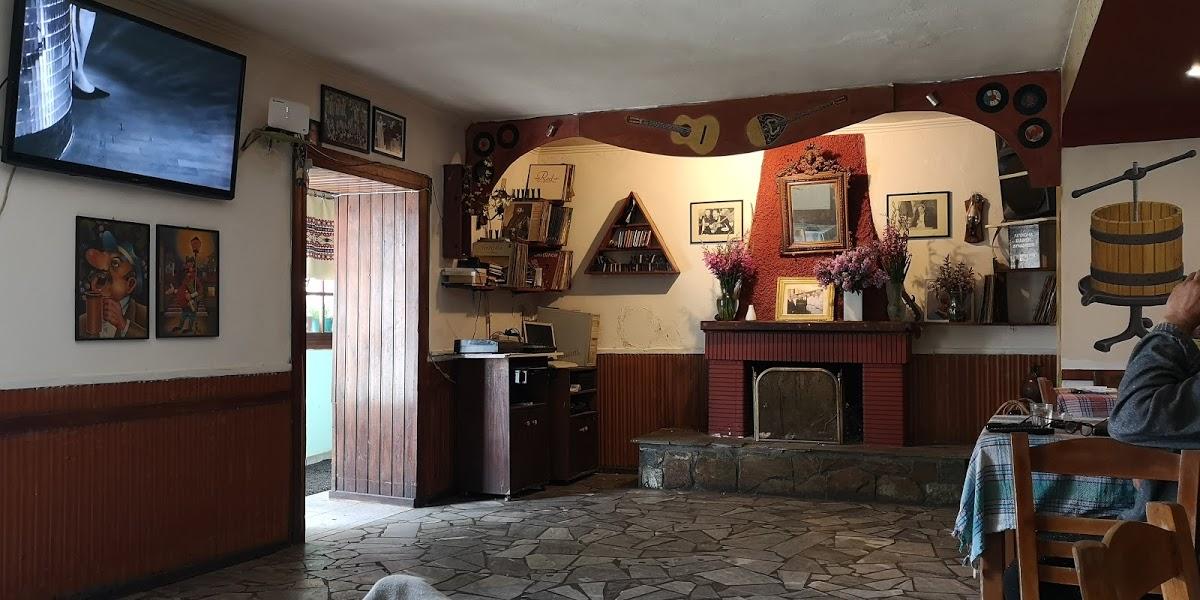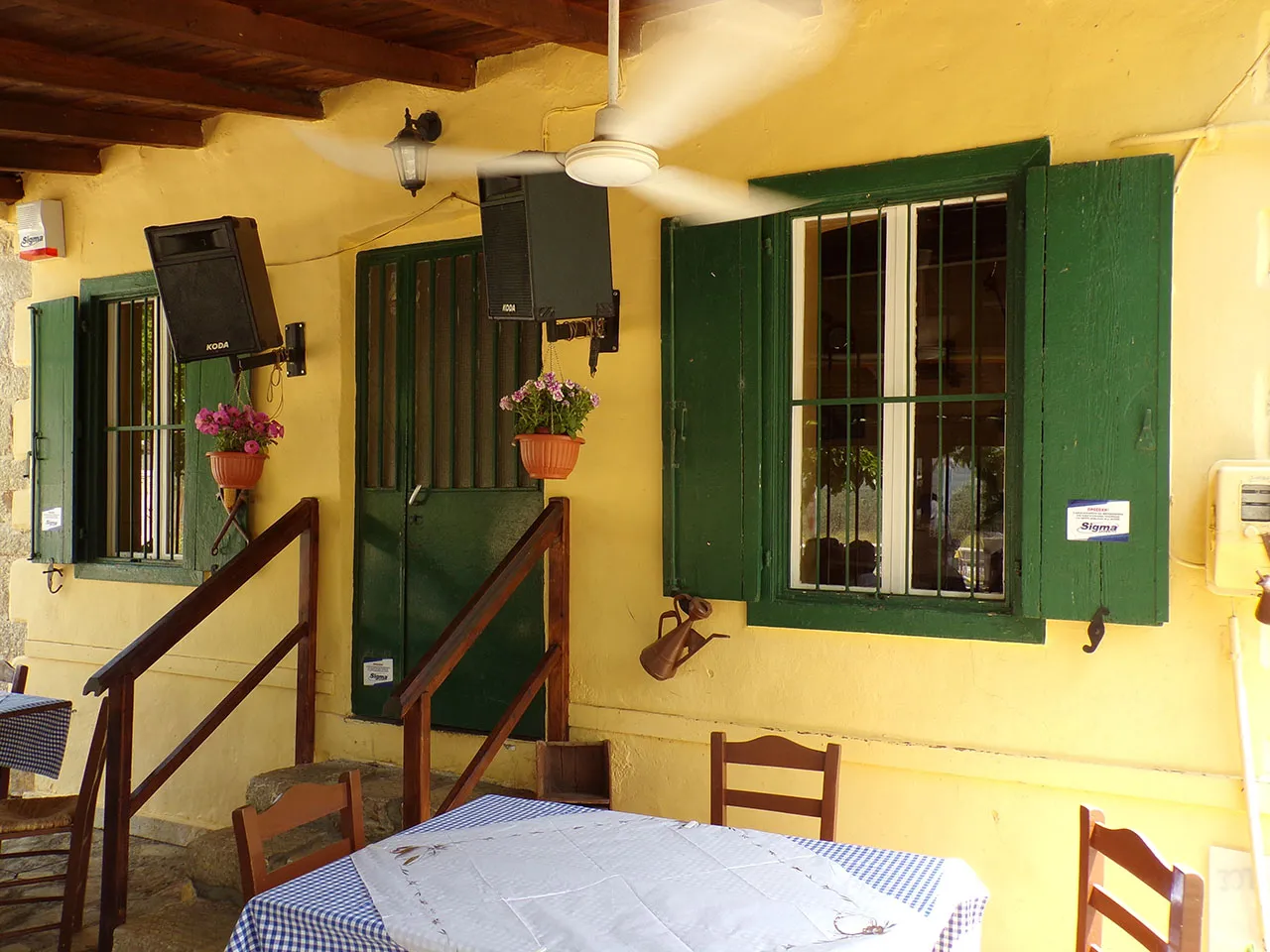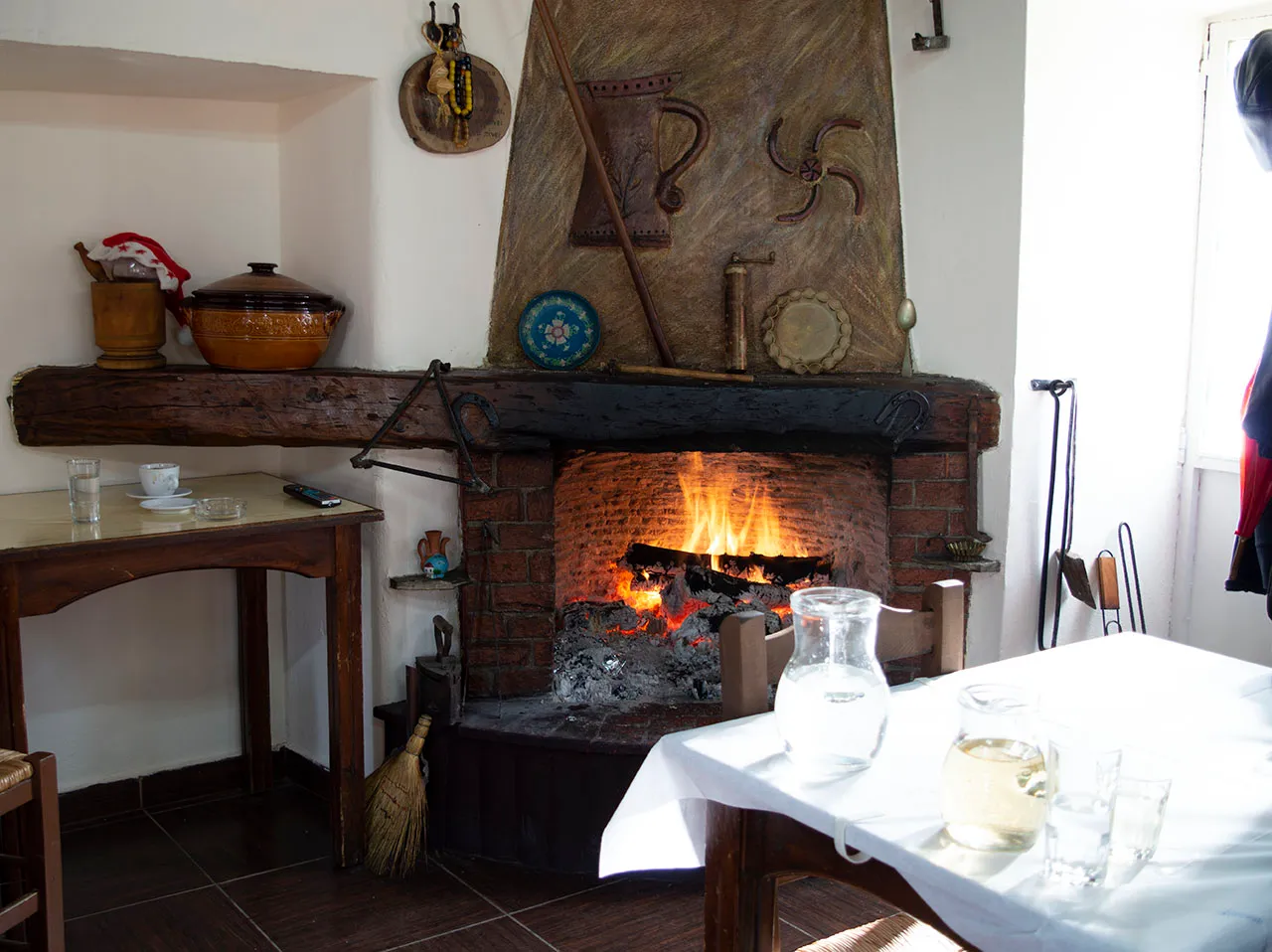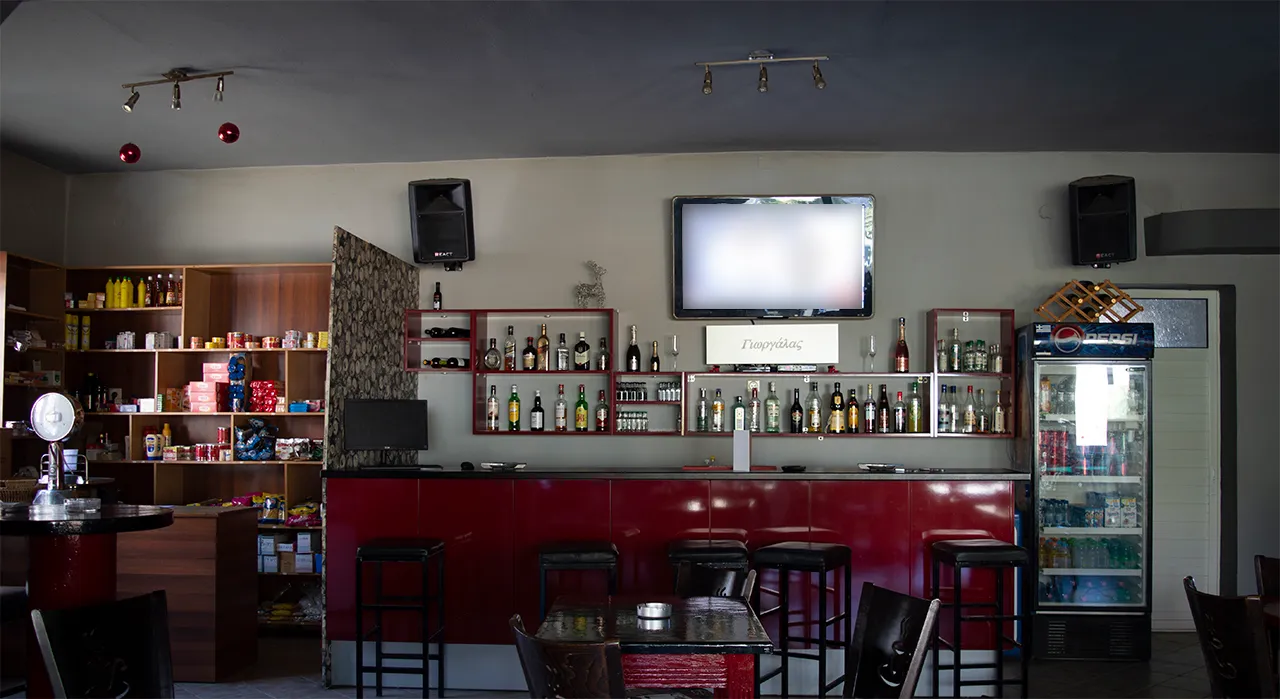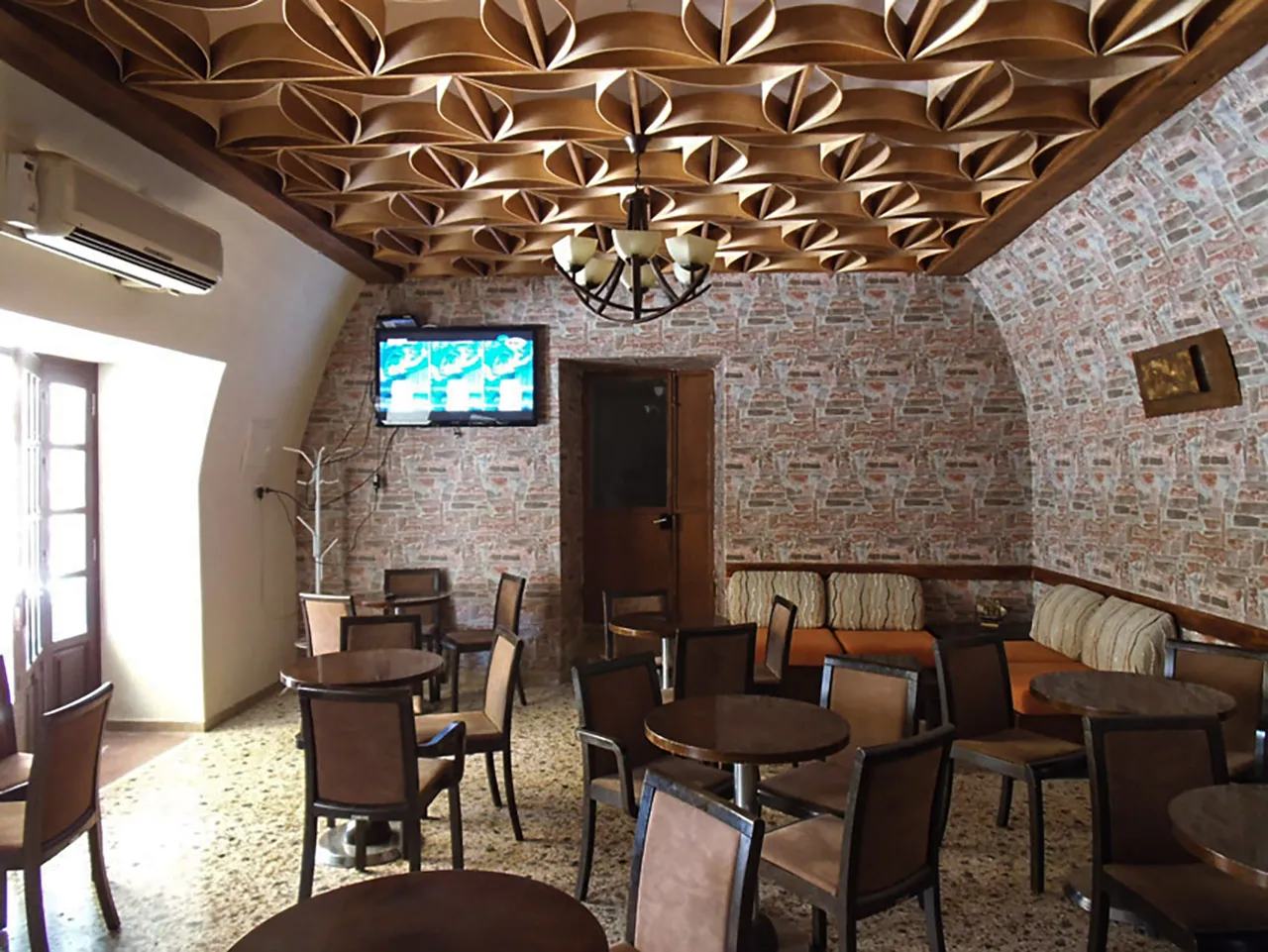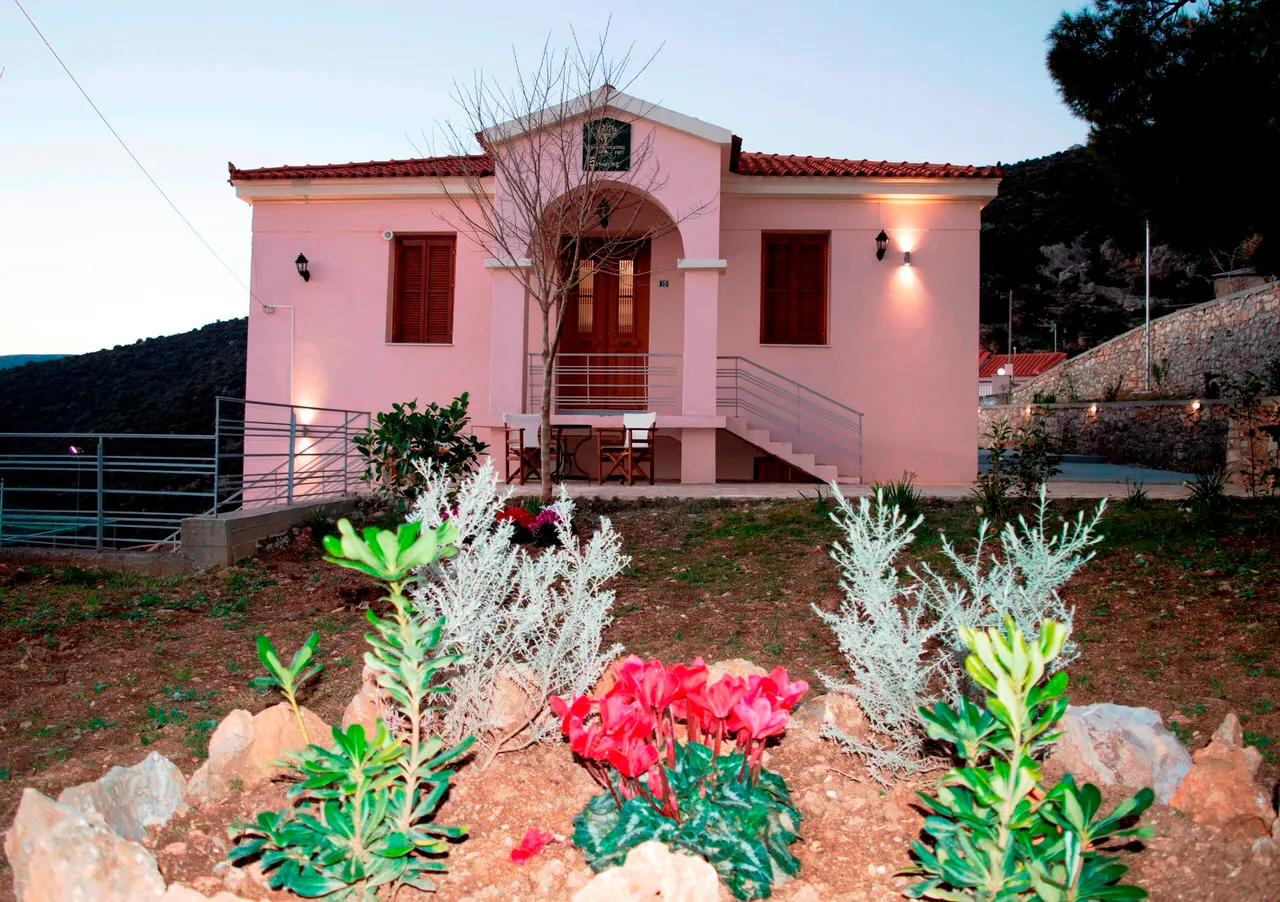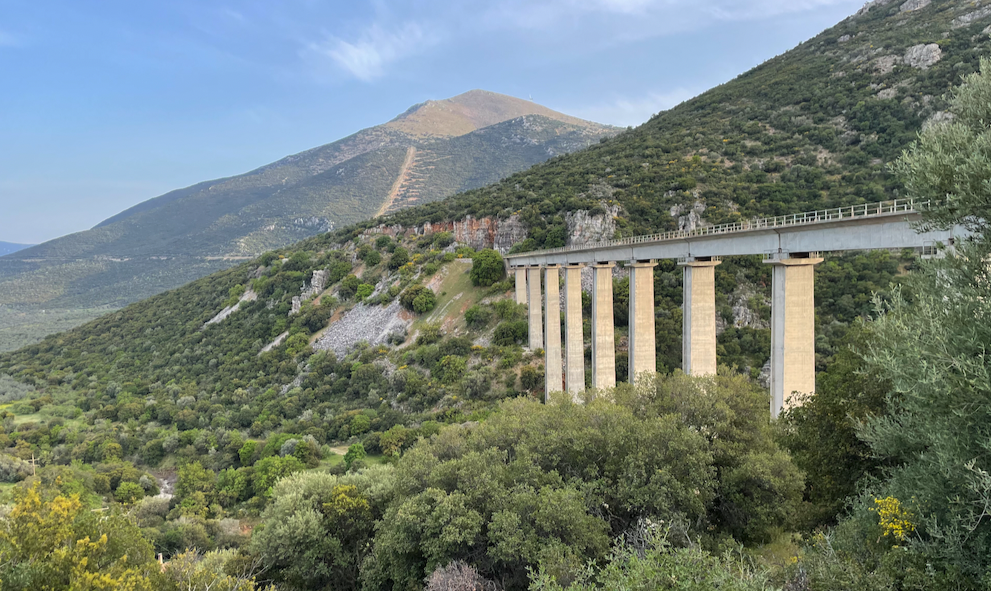What To See
For a village with so much history, it's only natural to have a plethora of places to see when visiting the village...
Acropolis of Ysies
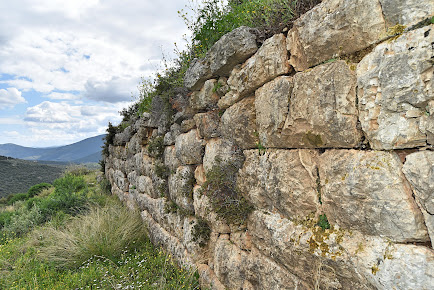
Still not fully unearthed are the remains of the ancient city of Ysies that dominated the area between the 7th to the 5th century BCE
Kefalari
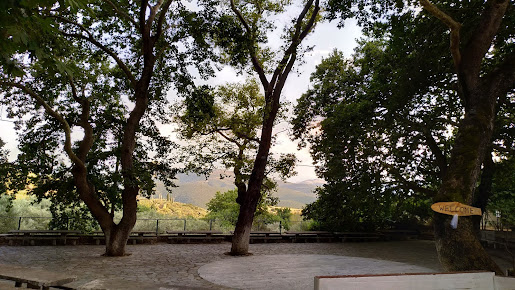
A great place for picnic or other social events, it sits under enormous deciduous and coniferous trees, near a spring of water and a small chapel.
Agios Demetrius

The main church of the village is located next to the elementary school, the cultural center, and the war memorial of the villages that fell during WW2 and the civil war.
The old train station
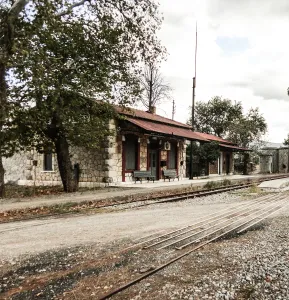
Located next to "Panos" tavern are several old buildings. There are train tracks, tools, wagons and more reminders of another era. Enjoyers of trains will greatly apreciate this place.
Prophet Elias

A small chapel built high in the local mountains that you can access by following a scenic mountainous route. The view from up there is breathtaking, with good sight of the prefecture of Argolis. It is surrounded by wind generators that sit even higher than the chapel, but it is only for those daring enough to take an even better view of the surrounding area...
Railway bridge
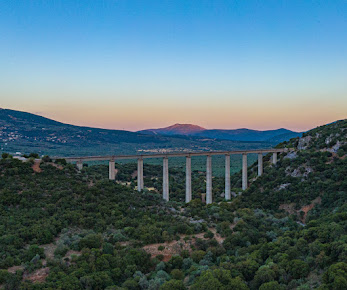
Following a scenic route that passes through the olive orchards and the fields of wild flora, you will reach the famous bridge of the area. This bridge bombed in WW2 and rebuilt after the war. While the bridge itself is a great site by itself, those who are patient and willing can follow the path down and visit at least 4 more bridges, along with various other, now abandoned, train buildings in a beautifull route.
Agia Kuriaki

A small church with great significance for the locals. The building has been there for more than two centuries and is a notable historical monument of the area. This because it was built during the last years of Turkish rule, after a long fight from the locals, with the aim of serving the religious needs of the growing families of the village.
Pinikovi

Deep within the wilderness of the village plain lies Pinikovi, which is named after the Greek God Panas' water spring. It is an idyllic place disconnected from humanity. On a trail filled with small water springs and heavy vegetation, one can follow the marked route to reach the Pinikovi cave. Due to the difficult terrain and route, one must inform the locals before trying to reach this place or have a guide to show them around as the hiking can be moderate to very difficult.
Agia Paraskevi

A beautifull chapel that sits next to a water spring deep inside the wilderness of the region. It is a great place for picnics and other social events.
Holy Monastery of Akathistos Himnos

An isolated monastery deep in the region. The treasure of the Holy Monastery is the Icon of the Virgin "Rodon the Amaranton" or "Virgin of Akathistos" (19th century).
Castle of Mouchli

At the borders of the village, and on top of mount Mouchli, there sits the now destroyed castle that dominated the area during the 13th and 15th century ACE of the Byzantine times. The castle was so important that scholars put it at the same category as that of Mystras.
Holy Triad

A beautiful chapel high in the mountain, built around a cave that once served as the place of worship for the Christians of the time. The view up there is beautifull and it's the perfect place for a picnics or social events.
Itama

On the mountain range of Ktenia, at an altitude of 1597 meters, there is a cluster of centuries-old trees known as the itama. According to Pausanias, these are the remains of an old forest, dedicated to the goddess Artemis. According to the local myths, Artemis was also worshiped in a temple located deep inside the forest. The tree itamos were dedicated to the Erinyes, the chthonic deities of vengeance whom punished human disrespect with the poison of this tree. Itamos is considered perhaps the longest-lived tree in Europe, as its age can exceed 2000 years. The difficulty of the terrain and of the path to reach this place suggests that one should use a guide to reach it.
The village
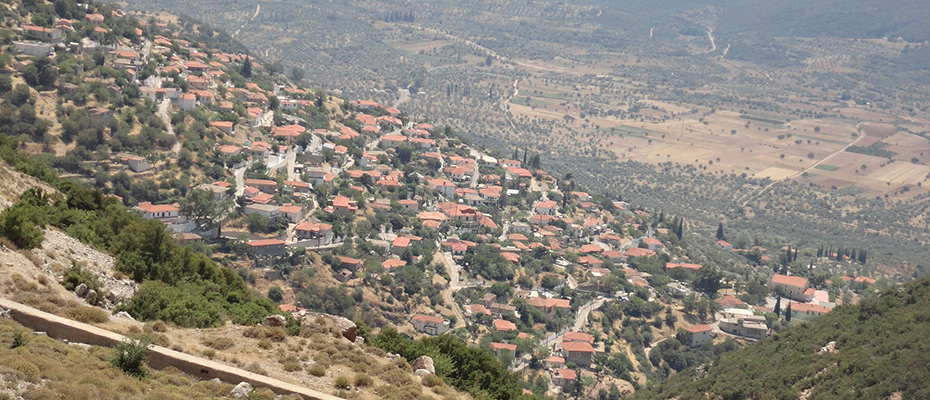
While the region is filled with many sights to visit, one has not seen everything unless he has walked inside the village. Achladokampos is a big village that stretches both vertically and horizontally on a large mountainside. Adorned with old, new and renovated buildings, it is filled with multiple neighborhoods, each with their own feel that makes the simple experience of walking inside the village very unique.
